Future of Poly Aluminium Chloride Liquid in Green Chemistry
As the world shifts towards more sustainable practices, the future of Poly Aluminium Chloride Liquid (PAC) in green chemistry looks increasingly promising. This versatile chemical compound, widely used in water treatment and various industrial applications, is poised to play a significant role in the development of eco-friendly solutions. In this article, we'll explore the exciting advancements and potential applications of PAC in the realm of green chemistry.
Biodegradable modifier additives research
One of the most intriguing areas of research in the field of PAC is the development of biodegradable modifier additives. These additives aim to enhance the performance of PAC while reducing its environmental impact. Scientists are exploring various organic compounds that can be incorporated into PAC formulations to improve its biodegradability without compromising its effectiveness.
Recent studies have shown promising results in using natural polymers, such as chitosan and cellulose derivatives, as modifiers for PAC. These biodegradable additives not only improve the flocculation efficiency of PAC but also reduce its persistence in the environment after use. This advancement could revolutionize the way we approach water treatment, making it more sustainable and environmentally friendly.
Moreover, researchers are investigating the potential of using waste materials as precursors for biodegradable PAC modifiers. For instance, agricultural by-products like rice husk ash and coconut shell char have shown potential in enhancing the performance of PAC while promoting waste valorization. This approach not only addresses the issue of waste management but also contributes to the circular economy concept.
The integration of these biodegradable modifiers into Poly Aluminium Chloride Liquid formulations could lead to a new generation of green coagulants that are both highly effective and environmentally benign. This development aligns perfectly with the principles of green chemistry, which emphasize the design of chemical products and processes that reduce or eliminate the use and generation of hazardous substances.
PAC's role in circular economy water systems
The concept of circular economy has gained significant traction in recent years, and PAC is set to play a crucial role in implementing this approach in water management systems. The circular economy model aims to eliminate waste and maximize resource efficiency by keeping products and materials in use for as long as possible.
In the context of water treatment, PAC can contribute to circular economy principles in several ways. First, its high efficiency in removing contaminants from water allows for the reclamation and reuse of treated water in various applications. This reduces the overall demand for freshwater resources and minimizes wastewater discharge.
Furthermore, researchers are exploring innovative methods to recover and reuse PAC from treated water sludge. By developing efficient separation and regeneration techniques, it's possible to create a closed-loop system where PAC is continuously recycled and reused in water treatment processes. This not only reduces the need for new PAC production but also minimizes waste generation.
Another exciting development is the use of PAC in advanced oxidation processes for water treatment. When combined with other oxidants or activated by UV light, Poly Aluminium Chloride Liquid can effectively degrade recalcitrant organic pollutants that are typically resistant to conventional treatment methods. This application of PAC in advanced treatment technologies could significantly improve water quality and expand the possibilities for water reuse in various industries.
The integration of PAC into circular economy water systems also extends to industrial processes. For instance, in the textile industry, PAC can be used to treat and recycle dyeing wastewater, allowing for the recovery of valuable resources such as water and dyes. This not only reduces the environmental impact of textile production but also offers economic benefits through resource conservation.
Solar-powered PAC production facilities
As the world transitions towards renewable energy sources, the production of Poly Aluminium Chloride Liquid is also undergoing a green transformation. Solar-powered PAC production facilities represent a significant step towards sustainable manufacturing practices in the chemical industry.
Traditional PAC production methods often rely on fossil fuels for energy, contributing to greenhouse gas emissions and environmental degradation. However, the advent of solar-powered facilities is changing this paradigm. By harnessing the power of the sun, these innovative production plants can significantly reduce their carbon footprint while maintaining high-quality PAC output.
The integration of solar energy into PAC production offers numerous benefits. Firstly, it reduces reliance on non-renewable energy sources, aligning with global efforts to combat climate change. Secondly, it can lead to cost savings in the long run, as solar energy becomes increasingly cost-competitive with traditional energy sources.
Moreover, solar-powered facilities can be strategically located in areas with high solar irradiance, optimizing energy production and reducing transportation costs. This decentralized approach to PAC production can enhance supply chain resilience and reduce the environmental impact associated with long-distance transportation.
The development of solar-powered PAC production facilities also opens up opportunities for innovation in process design. For instance, researchers are exploring the use of solar thermal energy for the concentration of PAC solutions, which could further improve energy efficiency in the production process.
Additionally, the integration of energy storage systems, such as advanced batteries or thermal storage, can ensure continuous production even during periods of low solar irradiance. This combination of renewable energy and storage technologies creates a robust and sustainable production model for PAC.
As solar technology continues to advance and become more affordable, we can expect to see a proliferation of solar-powered PAC production facilities worldwide. This shift towards green manufacturing practices will not only benefit the environment but also enhance the sustainability credentials of PAC as a water treatment solution.
Conclusion
The future of Poly Aluminium Chloride Liquid in green chemistry is bright and full of potential. From biodegradable modifiers to circular economy applications and solar-powered production, PAC is at the forefront of sustainable innovation in the chemical industry. These advancements not only improve the environmental profile of PAC but also enhance its efficacy and versatility in various applications.
As we continue to face global challenges related to water scarcity and environmental pollution, the role of PAC in providing sustainable solutions becomes increasingly crucial. By embracing these green chemistry innovations, we can ensure that PAC remains a valuable tool in our quest for a more sustainable future.
If you're looking for high-quality, environmentally friendly PAC solutions for your water treatment needs, look no further than Xi'an PUTAI Environmental Protection Co., Ltd. With over 28 years of experience in the production, sales, and R&D of waste and drinking water treatment chemicals, we are committed to creating industry benchmarks in resource recycling and environmental protection. Our expertise in coagulants and other water treatment chemicals makes us the ideal partner for your sustainability goals. Contact us today at sales@ywputai.com to learn more about our innovative PAC products and how they can benefit your operations.
References
1. Zhang, L., et al. (2022). "Advances in biodegradable modifiers for Poly Aluminium Chloride in water treatment applications." Journal of Environmental Chemical Engineering, 10(2), 107211.
2. Wang, Y., et al. (2021). "Circular economy approaches in water treatment: The role of Poly Aluminium Chloride in resource recovery and reuse." Water Research, 189, 116632.
3. Liu, X., et al. (2023). "Solar-powered production of water treatment chemicals: A case study on Poly Aluminium Chloride synthesis." Renewable and Sustainable Energy Reviews, 168, 112828.
4. Chen, H., et al. (2020). "Green chemistry innovations in coagulant production: Towards sustainable water treatment practices." Chemical Engineering Journal, 382, 122897.
RECOMMENDATIONS
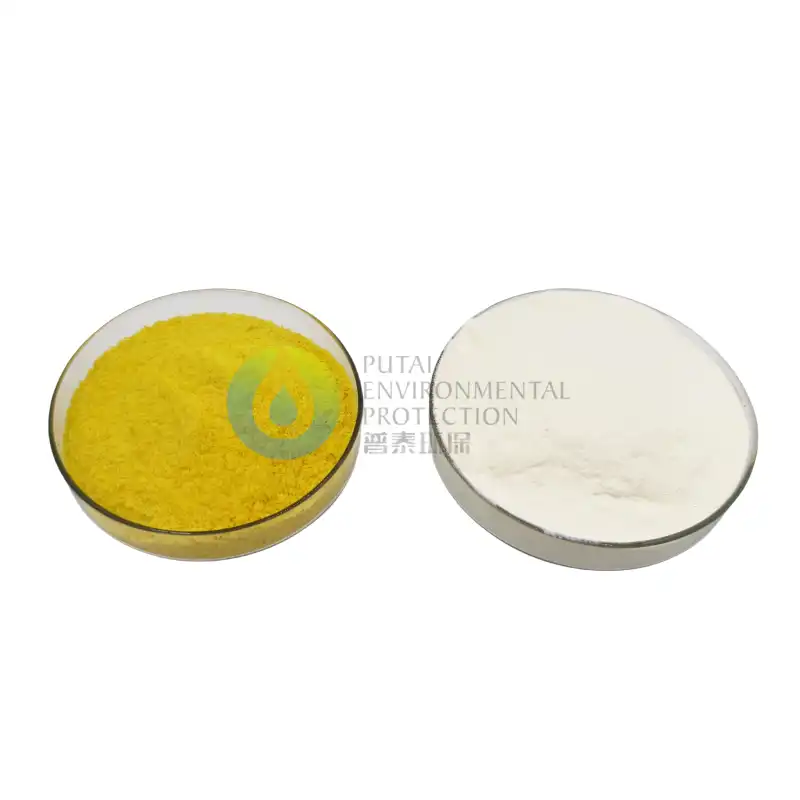 VIEW MORELow Polyaluminum Chloride In Water
VIEW MORELow Polyaluminum Chloride In Water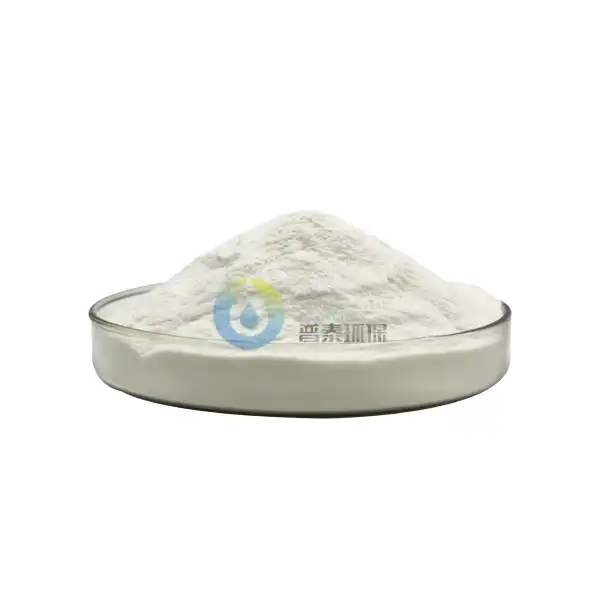 VIEW MOREHigh Purity Polyaluminum Chloride
VIEW MOREHigh Purity Polyaluminum Chloride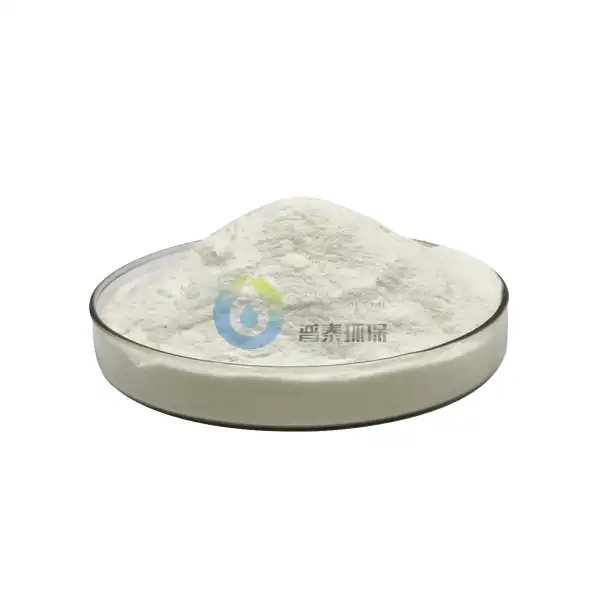 VIEW MOREHigh Basicity Polyaluminum Chloride
VIEW MOREHigh Basicity Polyaluminum Chloride固液_1729153189390.webp_1729498153376.webp) VIEW MOREHigh Purity Polyaluminum Chloride Pac
VIEW MOREHigh Purity Polyaluminum Chloride Pac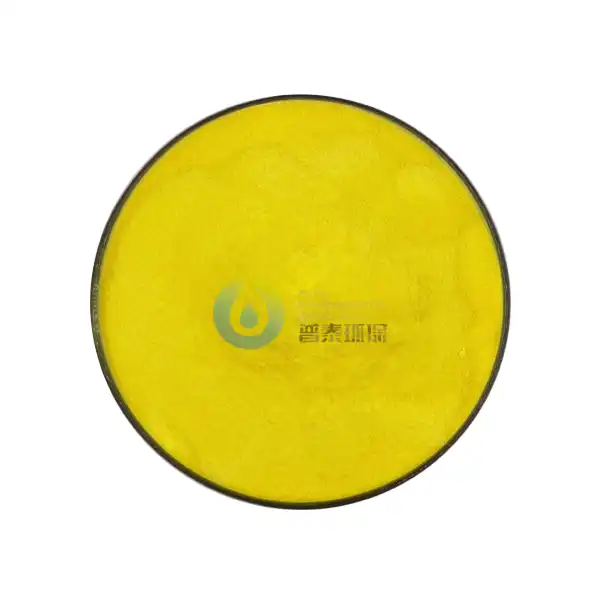 VIEW MOREPac Polyaluminum Chloride
VIEW MOREPac Polyaluminum Chloride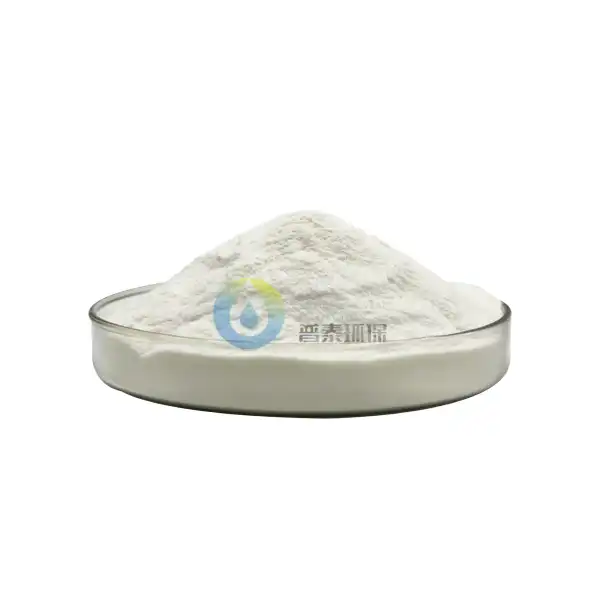 VIEW MOREPolyaluminum Chloride Pac
VIEW MOREPolyaluminum Chloride Pac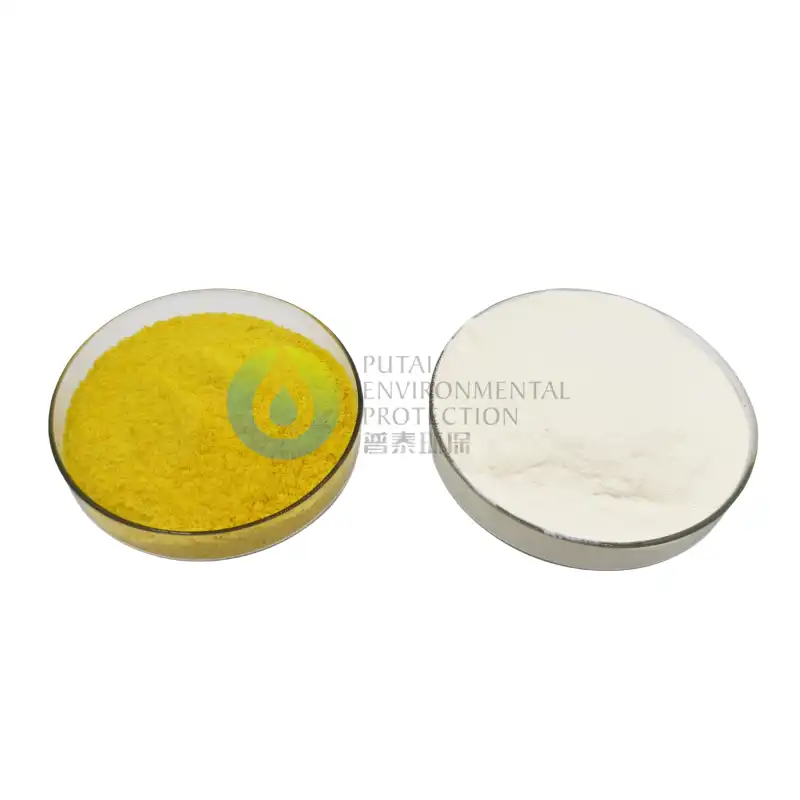 VIEW MOREPolyaluminum Chloride Water Treatment
VIEW MOREPolyaluminum Chloride Water Treatment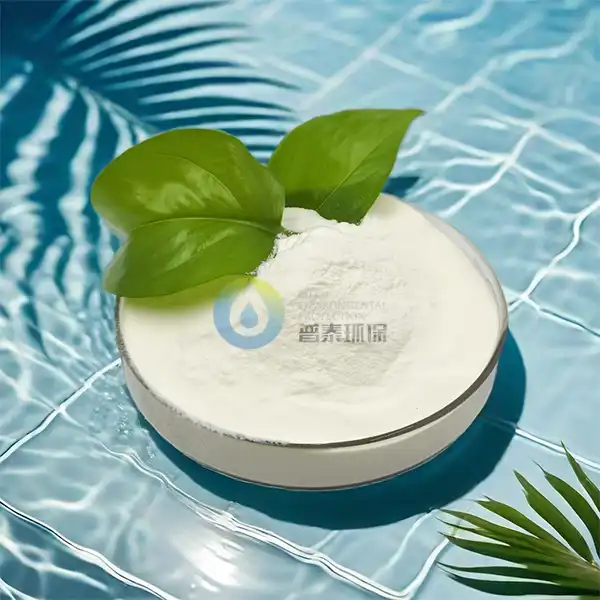 VIEW MOREOem Polyaluminum Chloride
VIEW MOREOem Polyaluminum Chloride

